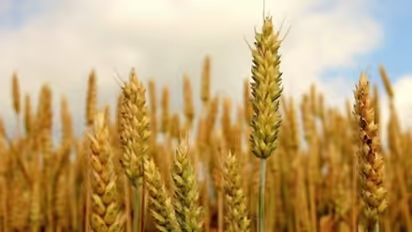
The exact date of the first-ever celebration of Makar Sankranti is unknown, as the festival has ancient roots and is steeped in India’s Vedic traditions, dating back thousands of years. The festival primarily aligns with the solar calendar and the sun's seasonal shift into the Capricorn (Makara) zodiac sign. Capricorn (Makara) zodiac sign.
The historical context of Makar Sankranti
Vedic Period Origins
The festival originated in the early Vedic period, when people keenly observed and celebrated celestial events. The transition of the sun into Capricorn marked the end of the winter solstice and the beginning of longer days, signifying renewal, harvest, and prosperity.
Link to the Solar Calendar
Makar Sankranti is one of the few Hindu festivals based on the solar calendar rather than the lunar one. It generally falls on January 14th, indicating the sun's northward journey (Uttarayan).
First Documented Celebration
The Rigveda and other ancient scriptures reference the significance of the sun's transition, despite the absence of a recorded "first" celebration. The Mahabharata also mentions similar celestial transitions, with Bhishma Pitamah choosing to leave his mortal body during Uttarayan.
King Harshavardhana’s Contribution
In mediaeval ties, King Harshavardhana of Kannauj (7th century CE) is said to have organised lrge gatherings and charitable events during Sankranti, cementing it as a social and cultural celebration.
Bhagiratha and Ganga Legend
Mythology connects Makar Sankranti to King Bhagiratha, who is believed to have brought the Ganga to earth. The day marks a time of holy bathing, especially at places like the Ganga Sagar, where the river meets the sea.
Who celebrated it first?
Agrarian societies in ancient India are believed to have celebrated Makar Sankranti as a harvest festival. Farmers marked the completion of the winter harvest season, offering prayers to the sun god (Surya) for favourable crops and prosperity.
Cultural Evolution
Over time, Makar Sankranti became a pan-Indian festival with diverse regional traditions:
- Pongal in Tamil Nadu
- Uttarayan in Gujarat
- Magh Bihu in Assam
- Khichdi in Uttar Pradesh and Bihar
The festival is not limited to India—similar sun festivals are observed in other cultures, reflecting its universal significance.
In essence, Makar Sankranti has always been a celebration of nature, agriculture, and celestial events, observed for millennia as part of India’s spiritual and cultural fabric.